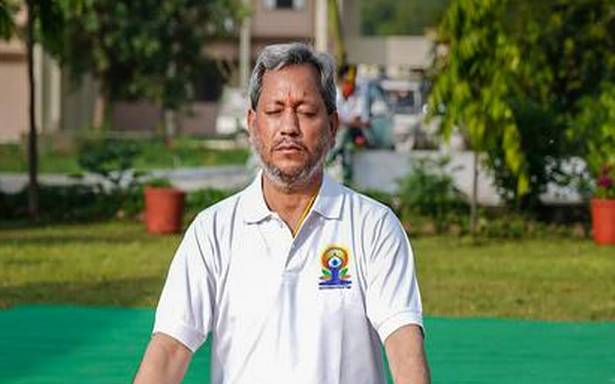The rainy season brings moisture and humidity with it. During this, bacteria and fungus start growing everywhere, due to which the risk of all kinds of infections increases. Skin infection is a common problem among them, so try to be as careful as possible during this time. There is a risk of different types of skin infections in the rainy season, the most common of which is the problem of itching. Apart from this, there is a risk of rashes, bumps etc. on the skin.
Health Shots spoke to Dr. Sonal Bansal, Dermatologist, Marengo Asia Hospital, Gurugram on this topic. He has told some important measures to prevent skin infection in monsoon (Skin infection in Monsoon), so let’s know about it.
Know the causes of skin related problems in rainy season
Due to the increased humidity in the rainy season, the risk of fungal infection, ringworm, skin rashes and irritation increases. Diabetes patients are advised to take extra care during this time, as their skin is more prone to infection in the rainy season. On the other hand, the skin becomes more oily in the rainy season, due to which skin breakouts start and problems like acne, pimples start to occur.
Know some important tips given by experts to prevent skin infection in monsoon.
It is raining now, and everyone wants to stay indoors and enjoy hot drinks and pakodas, but this season brings with it many skin related problems. The moisture coming from the rain makes our skin very sticky.
Skin type and condition affects skin care during monsoon. You must follow these steps to protect your skin from the harmful effects of monsoon-
1. Pay special attention to diet
Foods rich in antioxidants help a lot in preventing skin problems. During this, consume plenty of water along with seasonal fruits and vegetables. Drinking lassi, lemon water or coconut water will keep your body cool. Consuming high protein and low carbohydrate foods will strengthen the hair while protecting the skin and prove effective in skin related problems like acne.
2. Pay special attention to hygiene
Take a bath at least twice a day, especially if you live in a humid area. High humidity leads to excessive sweating, which can lead to fungal infections, heat rashes, seborrhoea, itching etc. The accumulation of excess pollutants on the skin and hair also leads to an increase in dandruff and acne. If you are experiencing any of these problems, consult a dermatologist as soon as possible.
3. Cleansing, Moisturizing, Sunscreen
These three measures are important in every season, but they become more important during monsoons, as excess moisture can make the skin even more oily, which can lead to skin infections. Use a salicylic acid-based cleanser 2 to 3 times a day.
Avoid washing your face more than thrice a day, as it can lead to dryness or sometimes too much oiliness. Use a moisturizer suitable for your skin type, ideally twice a day.
Sunscreen can be your best friend this season. Do not skip applying sunscreen even if the sun is not shining. Use it three or more times daily in sufficient quantity. Apply sunscreen at least two fingers’ length to entire face and neck.
4. Take care of makeup products too
Whenever possible, choose powder or water-based makeup. Avoid using oil-based makeup as it tends to get sticky after humidity, moisture and perspiration can clog pores and lead to acne. Never forget to remove your makeup properly before sleeping at night.
5. Exfoliation is important
Exfoliation is very important especially during the monsoon season. AHAs or BHAs can be used as a serum or face wash to gently exfoliate the skin. You can use cucumber, gram flour and multani mitti pack on your face two to three times a week. They remove excess oil from the skin and remove the remaining oil out of the skin.
6. Pay attention to shoes and jewelry as well
Avoid wearing jewelery made of imitation material as there may be a chemical reaction when you sweat. Always remember to wear shoes that allow your skin to breathe so that sweat cannot infect your feet.




